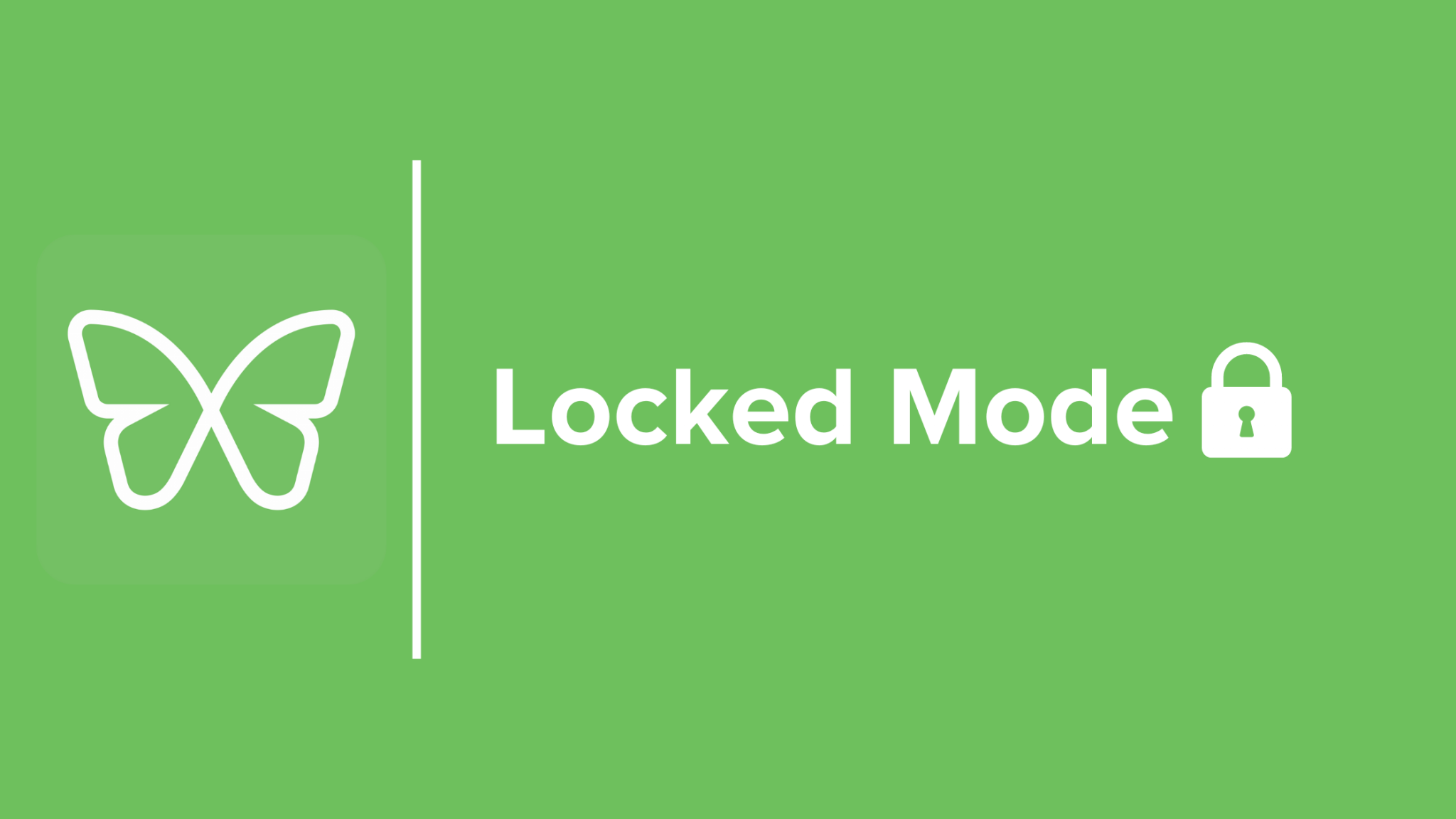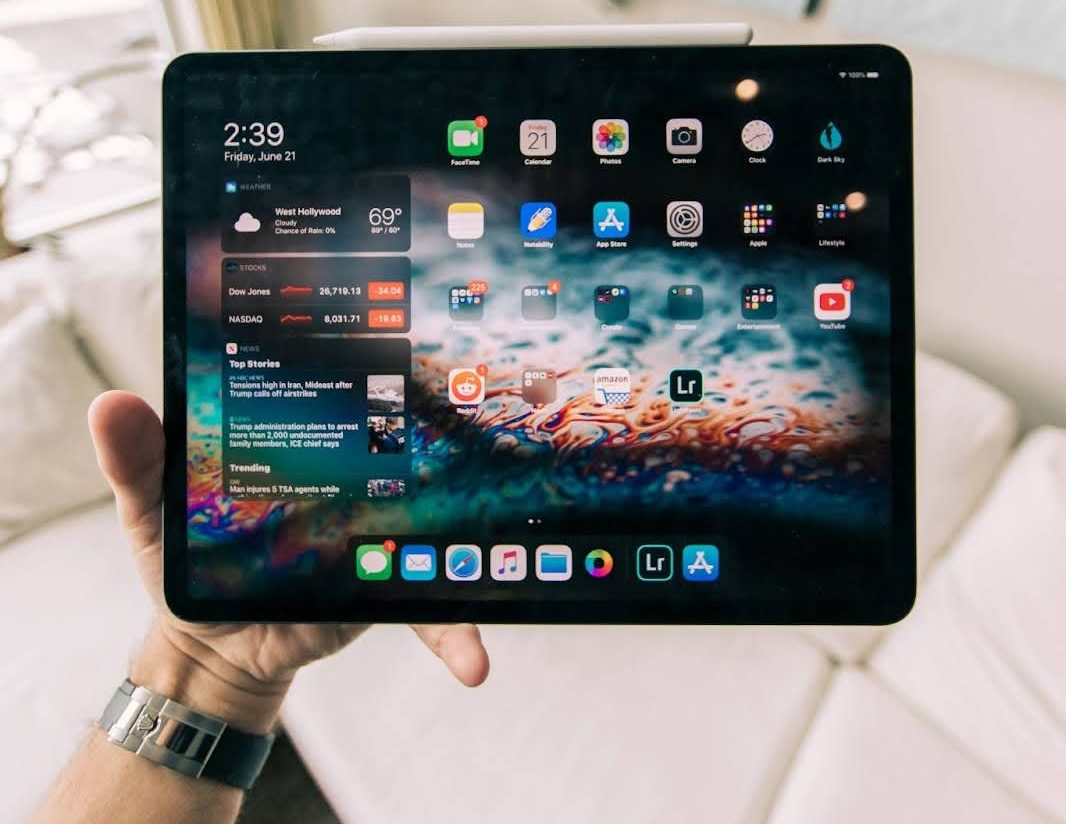Fight Distraction With a Digital Declutter

Our digital lives these days are seemingly endless worlds of articles to read, people to follow, videos to watch, music to stream, and so on. The dark side of a bounty of digital options is that we regularly feel burned out and overwhelmed from all of it.
Dependence on technology often leads to our brains feeling constantly addicted to scrolling, opening apps, and the like. Nir Eyal writes in his book, Indistractable, that “Most people don’t want to acknowledge the uncomfortable truth that distraction is always an unhealthy escape from reality.” He argues that when we let technology take control of us, our ability to pay attention and be present in the current moment gets more and more depleted.
It’s become obvious that in an age of constant connectivity and unlimited floods of new information to scroll through, it takes work to focus on what’s actually important in your life.
As someone who spends the majority of their working day switching from laptop, to desktop, to smartphone, I realized I needed to pare down the ways I could get distracted while trying to get tasks done. At that point, I was willing to do anything to help me avoid opening Twitter for the 100th time that day, so I decided to conduct a digital declutter, which is basically an audit of one’s digital activity, followed by reorganizing or removing everything to create a simpler and more secure system.
While digital clutter doesn’t take up physical space, it takes up substantial space in our minds. A messy environment gives the perception that multiple things are competing for our attention, which can be stressful and mentally taxing. This makes it more difficult to concentrate, think creatively, solve problems, and make important decisions.
Essentially, the steps to decluttering are:
- Do an audit of all things digital
- Delete anything unnecessary
- Reorganize the rest
- Maintain order with consistent habits.
Without further ado, let’s get acquainted with the basic framework you can use to make navigating your digital life so much easier.

Declutter Documents
Old bank statements, first drafts, essays from college – what unnecessary documents are taking up space on your computer? Here’s how to set up a backup system and organize your documents going forward:
- Backup and store: Before taking any action, back your files up. You can opt for an external or internal hard drive, online backup services, or online syncing services such as iCloud or DropBox. Check out this guide for more details.
- Examine your folders and files: Do a quick audit to find out where your documents are saved and organized. Your files may be scattered across multiple services such as Google Drive, and Dropbox, so it’s important to locate all the places documents could be hiding.
- Delete files you no longer need: Examine which files you use on a regular basis, (such as a Powerpoint presentation you open weekly) – those can probably stick around in a folder on your desktop. Anything else can probably be saved somewhere else.
- Create a folder system: Use a simple hierarchy to reorganize your folder system by implementing folder structures on your computer. It works like this – as folders are added over time, you can either keep them at the same level – such as Folders 1, 2, and 3, or nest them within each other – like subfolders 1A, 2B, etc. Nested folders tend to make it easier to locate specific files later because you don’t have to search through all your files at once.
- Clean up your desktop: Your desktop is the first thing you see when you turn on your computer each morning – why not make it look nice? If all you see is folders and files all over the place, your brain will sense chaos before you even start working. Instead, place all of your files in organized folders that are clearly labeled and have a purpose for being there.
- Empty your downloads folder: Making this a monthly habit will help keep your computer free of unnecessary files that take up valuable space on your computer. On a Mac, go to Finder>(User Name)>Downloads and put files where they belong and delete the rest. On a PC, go to: C:\Users\(User Name)\Downloads.
- Use file-naming rules: The best way to avoid confusion in your newly organized file system is to create a simple file-naming system that incorporates clear names, a useful description, and a date. Be consistent with the style and format you use going forward.
- Save files to their correct folder: Once everything is organized, make sure to always save files to their proper folder so they’re easy to find.

Declutter Photos
If you have thousands of photos scattered across the digital realm, follow these tips to get them organized once and for all.
- Store and backup photos: Just like documents, make sure to backup photos on a physical device with a cloud storage system. If you have a large photo library, consider putting them on an external hard drive.
- Organize a folder system for photos: Create a dedicated Photos folder, and organize subfolders by year and then by the event or place.
- Delete photos: Some photos aren’t worth saving, or there might be unnecessary duplicates. Try dedicating some time to deleting some while you’re organizing your digital photo archive.
- Move photos off your smartphone: In order to free up space and keep your photos in one place, move them off of your smartphone and onto your computer. You can sync them to a cloud service such as Google Photos or iCloud photos to help with this task.

Declutter Email
Email is a necessary evil that can quickly get out of hand. However, it is possible to keep it organized while also spending less time checking it.
- Archive: If your inbox is massive, it’s time to start over. Archive all messages so you don’t see a full inbox when you open your email client. To do this in Gmail, check “Select All,” then, click “Select all conversations in ‘Inbox,’” then click on the arrow to “Archive.” It will feel good to start fresh!
- Unsubscribe: If marketing campaigns, sale offers, and the like are clogging your inbox, it’s time to cut ties with those senders. You can unsubscribe as emails come in or use a service like Unroll.me. It might not seem like a huge deal to hang on to those emails you might possibly get around to reading one day, but each new message adds to the mental burden of digital clutter.
- Triage your emails: The triage method looks like this – you knock out emails that can be acted on in a few minutes or less, and then you mark the rest for later according to priority. Once the triage is complete, you can work on your “urgent” emails until your next batch of messages is ready to be checked or you have nothing else to work on minus the less urgent category.
- Bring in an email management service: Services such as SaneBox exist to take the email organization workload off your plate. It works by learning your email habits (which emails you open, which you respond to, how quickly, how often, etc.), ensuring that only your most important emails end up in your inbox. Everything else is filtered in a “Later” folder.

Declutter Social Media
If you’re addicted to checking social media, you’re not alone. While Instagram, Twitter, Facebook, and other tools help us keep in touch, dependence on them can cause anxiety and distraction.
- Limit social media usage: It can take a lot of time and energy to be active on multiple social media apps on the same day. Consider only being active on two or three apps to save brain space.
- Curate your feed using lists: You can create lists based on groups of people or certain topics on Facebook and Twitter, so you can connect without having to scroll through a distracting feed. On Instagram, you can create a close friends list so you can choose who to share your stories with.
- Be choosier who you follow or friend: Unfollow, mute, or unfriend people who are toxic on social media, or simply people you don’t know.
- “Eliminate” your feed: Avoid getting sucked into distracting apps and websites by using Freedom, which will block them across your devices.

Declutter Apps
It’s no surprise that people have a glut of apps – a study by Fortune found that 75% of mobile apps are used once after being downloaded, and then never used again. On computers, at least 30% of apps installed were never used.
You probably have unnecessary apps lurking on your devices. Here are some tips for minimizing the number of apps you deal with.
- Delete unused apps: If you’re not regularly using an app, delete it. You can always download it again if you do actually end up needing it.
- Use one app for each objective: Make sure there’s a purpose for each app you keep, and only have one per category. For example, one to-do list app, one email app, one music streaming app, etcetera.
- Arrange apps on your smartphone: Sort your apps into folders with labels such as “Social Media”, “Photography”, “Health”, and more. Pro-tip: make it harder to access your more addicting apps by placing them on the second or third screen of your smartphone.
- Disable notifications: Follow instructions for disabling notifications on iPhone or Android.
Declutter Passwords & Accounts
Decluttering passwords and accounts is especially important because there are security risks to digital clutter. Common practices, like using the same easy-to-guess password for various accounts are hard to keep track of because of the many accounts we are forced to create. Here’s how to handle password clutter.
- Update insecure passwords: Make sure important accounts, like your bank and insurance have strong passwords. Here’s an easy guide.
- Use a password manager: 1Password and LastPass are among many services that create and store passwords while allowing you to automatically log into your accounts.
- Delete unused accounts: As you’re transferring accounts to your password manager, delete the accounts that are not in use.
- Use two-factor authentication: Add an extra layer of protection by enabling 2FA on important accounts.
- Keep important passwords on paper: Write down passwords to key accounts on paper and then lock them away in a safe or filing cabinet in case you forget them.
- Create a classified email address: A classified email address is the opposite of your junk email address. It’s your super secure, never let it out of your sight, never-tell-anyone-it-exists email address. It’s for all your financial accounts and only your financial accounts. Your bank accounts, your brokerage accounts, and any other account that gives you access to your money. If you log in and can transfer money, it needs a secure email address.
Decluttering your digital life won’t be a quick and easy process, so try splitting it up over a few weeks so you don’t get overwhelmed. Make it more fun by listening to your favorite playlist or podcast (right now I’m enjoying How I Built This from NPR) and have a cup of coffee on hand. Hopefully, as you work on it, you’ll feel better and more secure about navigating your digital life. The goal is not to create a perfect system, but rather to start building healthier digital habits and reclaim mental space by spending less time sorting through your digital one.
Let us know your favorite methods for digitally decluttering by tweeting at us @Freedom and @SaneBox. Good luck!

This week’s guest post was brought to you by Dmitri Leonov, SVP at SaneBox. Dmitri Leonov is an internet entrepreneur, leading growth efforts at Sanebox. He has over 10 years of experience in startups, corporate strategy, sales strategy, channel development, international expansion, and M&A.


